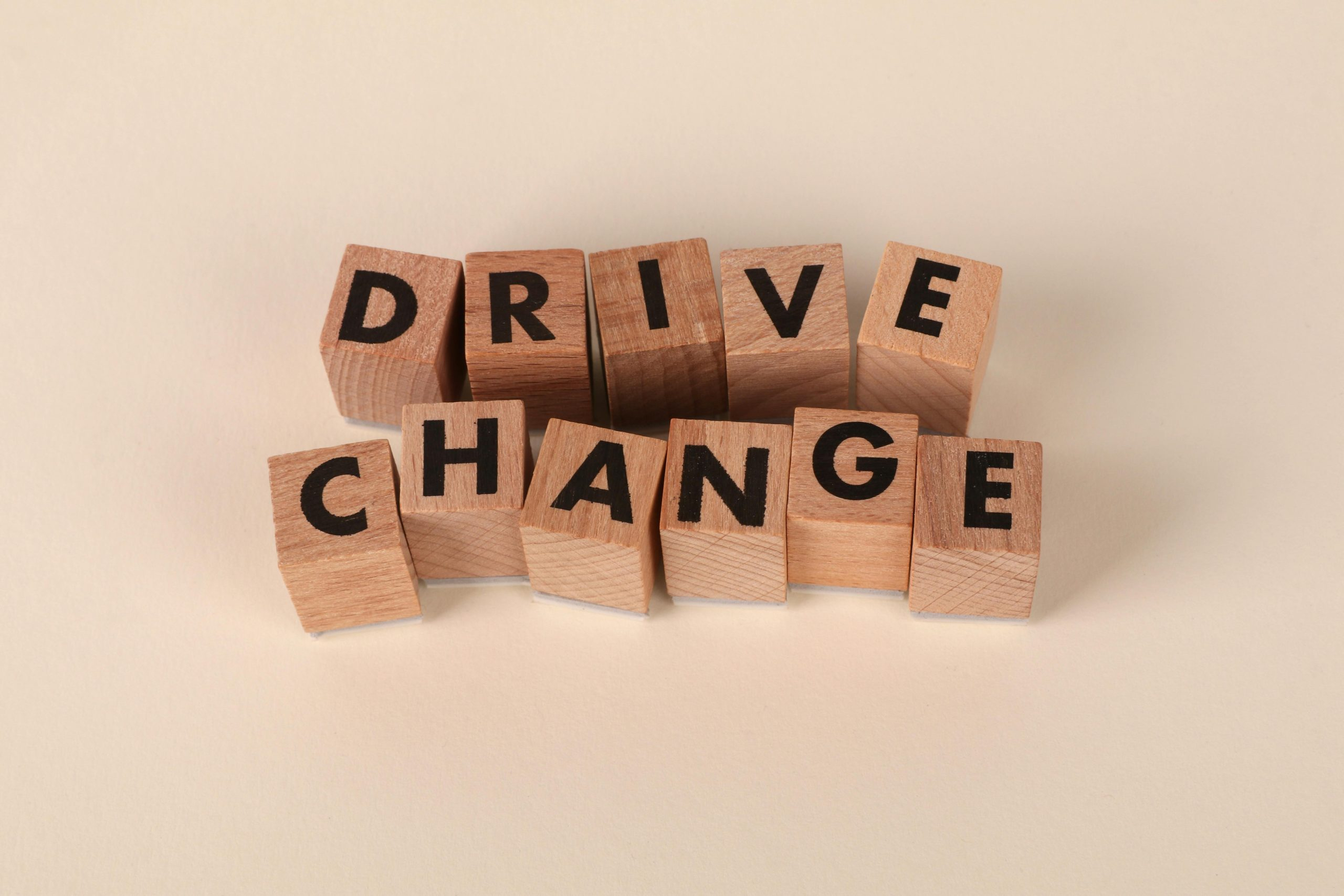The Science of Personal Transformation and Lasting Change
Personal transformation and lasting change are two powerful concepts that have captivated humanity for centuries. From ancient philosophical teachings to modern-day self-help books, people have been fascinated by the idea of transforming themselves into their best versions and making lasting changes in their lives. But what is the science behind these processes? How do we go about transforming ourselves and creating lasting change? In this article, we will delve into the science of personal transformation and explore the key factors that contribute to lasting change.
The Power of the Mind
The mind is a powerful tool that can either hold us back or propel us forward. It is where all our thoughts, beliefs, and emotions originate from. Thus, personal transformation and lasting change begin with the mind. The first step in the process is to become aware of our thoughts and beliefs. Our thoughts shape our reality and influence our behavior. If we have negative thoughts or limiting beliefs, they will hold us back from achieving our full potential. Therefore, it is crucial to identify and challenge any negative thoughts or beliefs that may be hindering our personal growth.
The Role of Neuroscience
Advancements in neuroscience have revealed the brain’s remarkable ability to change and adapt throughout our lives. This phenomenon is known as neuroplasticity, and it plays a crucial role in personal transformation and lasting change. Neuroplasticity means that our brains have the ability to form new neural connections based on our experiences and behaviors. Therefore, by changing our thoughts, behaviors, and habits, we can rewire our brains and create lasting change in our lives.
The Power of Habits
Our daily habits and routines have a significant impact on our lives. According to research, 40% of our actions are based on habits rather than conscious decision-making. These habits can either help or hinder our personal transformation and lasting change. Habits are formed by a loop of cue, routine, and reward. To change a habit, we must identify the cue and reward and replace the routine with a new, desired behavior. By consistently repeating the new behavior, it becomes a new habit, leading to lasting change.
The Role of Mind-Body Connection
The mind and body are intrinsically connected, and any changes in one will inevitably affect the other. Therefore, in order to achieve personal transformation and lasting change, we must take care of both our mental and physical well-being. Research has shown that practices such as mindfulness, meditation, and exercise can have a profound impact on our mental health and overall well-being. By nurturing a healthy mind-body connection, we can create a strong foundation for personal growth and lasting change.
External Influences
While personal growth and change mainly originate from within, external factors also play a significant role. Our environment, relationships, and societal norms can either support or hinder our personal transformation and lasting change. It is essential to surround ourselves with positive and supportive people who encourage our growth and challenge us to become our best selves. Moreover, examining and questioning societal norms can help us break free from limiting beliefs and societal expectations, allowing us to embark on our journey of personal transformation.
Conclusion
The science of personal transformation and lasting change is a complex and multifaceted subject. It involves a combination of mindset, neuroscience, habits, mind-body connection, and external influences. Every individual’s journey of transformation is unique, and what may work for one person may not work for another. However, by understanding the science behind these processes, we can take intentional and proactive steps towards creating the changes we desire in our lives. And remember, personal transformation is a lifelong journey, and it’s never too late to start.










